The use of weapons by the police in different countries
Categories: Asia | Europe | People | Society | World
By Vika https://pictolic.com/article/the-use-of-weapons-by-the-police-in-different-countries.htmlA white police officer who killed a black teenager in August of this year in the US city of Ferguson, as he said in self-defense, was found not guilty. Ordinary citizens, outraged and disappointed by this decision of the jury, came out to protest. Mass riots began. Armored vehicles and police officers with machine guns appeared on the streets, and the police used tear gas and stun grenades to suppress the protests. This caused a wave of discussion in the United States about the use of weapons by the police. We decided to find out in what cases weapons in the hands of police officers in different countries can be used against the population.
14 PHOTOS

1. Police officers in Belgium.
In Belgium, the police can only legally use proportional force after a warning, in a situation where there are no other means to achieve this goal. The police may use firearms in self-defense, during clashes with armed criminals, and in order to protect especially important persons or objects in the country, but never during mass events. (Photo: YVES HERMAN/REUTERS).
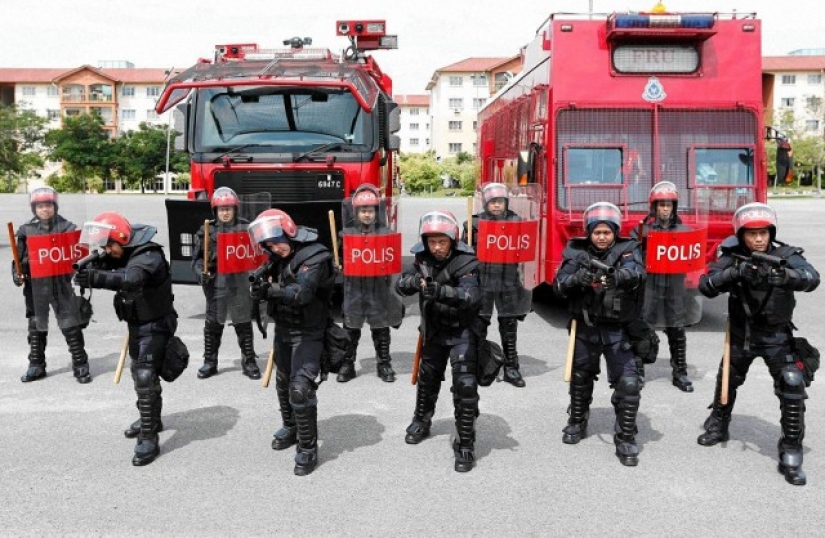
2. Police officers in Malaysia.
In Malaysia, police officers can only use firearms when they are being used by the protesters themselves. In the 59 years of existence of the FRU - police departments in Kuala Lumpur (pictured) - the police have never used live weapons. (Photo: OLIVIA HARRIS/REUTERS).
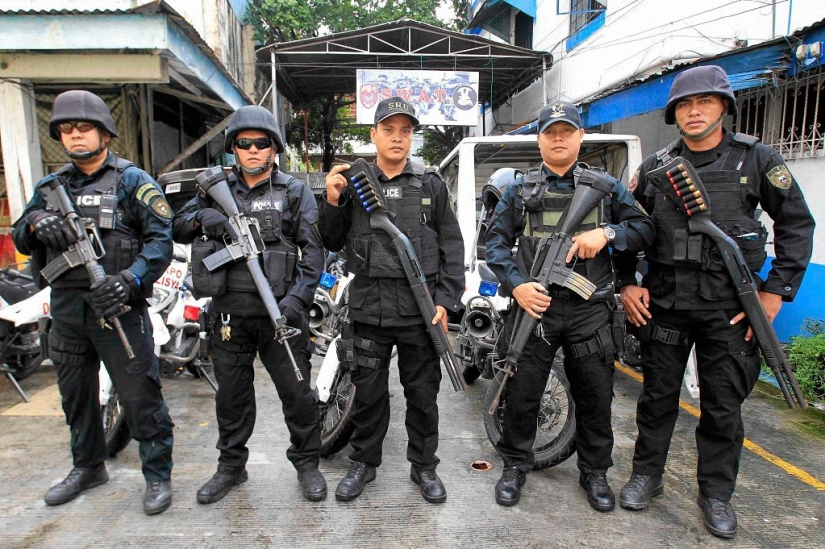
3. Police officers in the Philippines.
In the Philippines, the use of a weapon against a suspect is only allowed when its actions threaten the life of the police officer or the victim (who is threatened by the suspect). (Photo: ROMEO RANOCO/REUTERS).
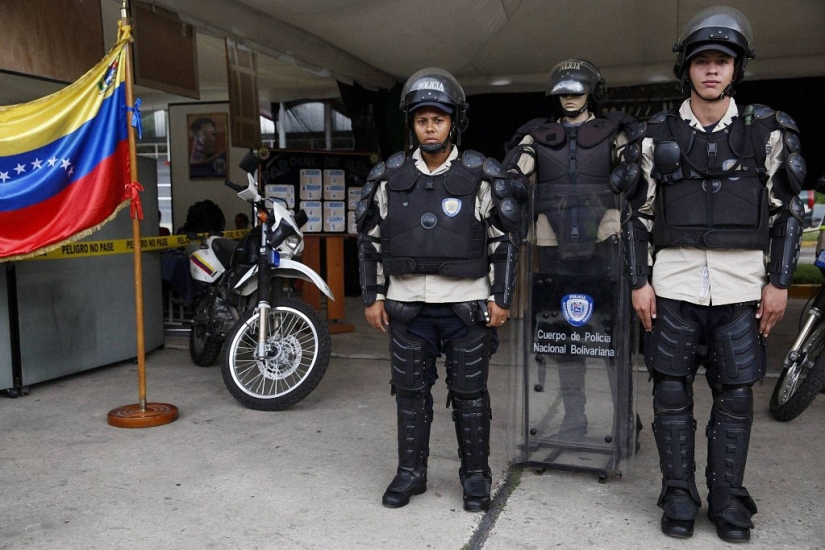
4. Police officers in Venezuela.
In Venezuela, policemen controlling peaceful demonstrations are not allowed to carry firearms. If there is a threat to public order, as well as if other methods of conflict resolution, have failed, the police warn that the use of force will be "increased". These measures cannot be directed against children, the elderly, and other "vulnerable" populations. It is impossible to use force against persons who want to avoid violence and leave the scene. (Photo: CARLOS GARCIA RAWLINS/REUTERS).
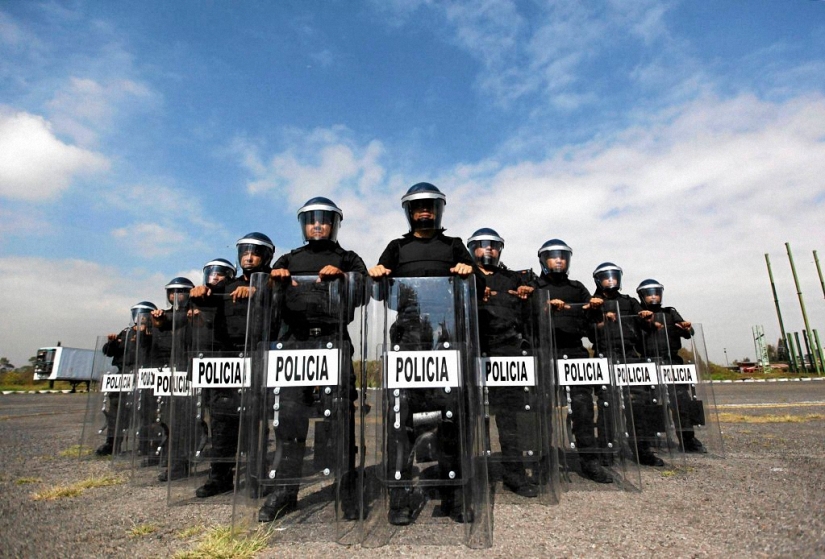
5. Police in Mexico.
In Mexico, if "mob violence cannot be stopped," the police may gradually use more severe measures of suppression: 1) verbal persuasion; 2) limited physical impact; 3) other measures, such as the use of paralyzers; 4) the use of firearms and other means that can lead to death. (Photo: CLAUDIA DAUT/REUTERS).
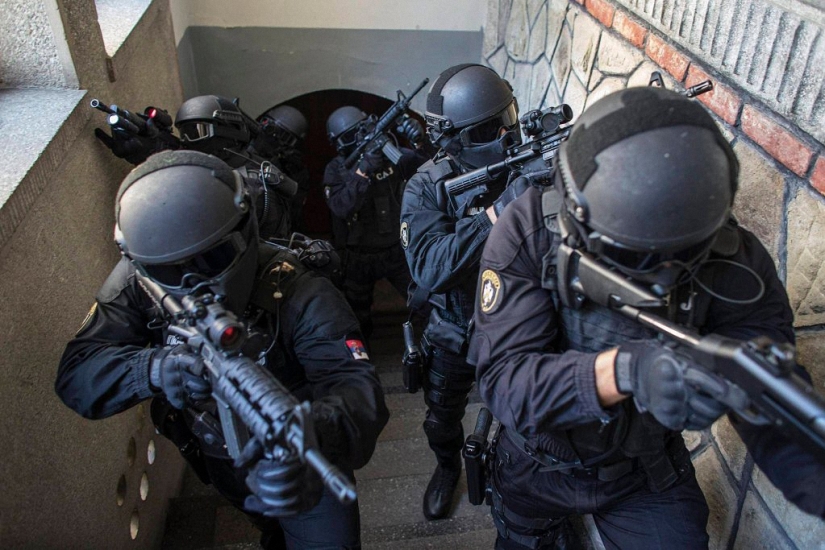
6. Police in Serbia.
In Serbia, police officers can use a variety of forceful methods - from batons to special vehicles, water cannons, and tear gas - to quell riots during illegal gatherings. However, firearms can only be used when human life is in danger. (Photo: MARKO DJURICA/REUTERS).
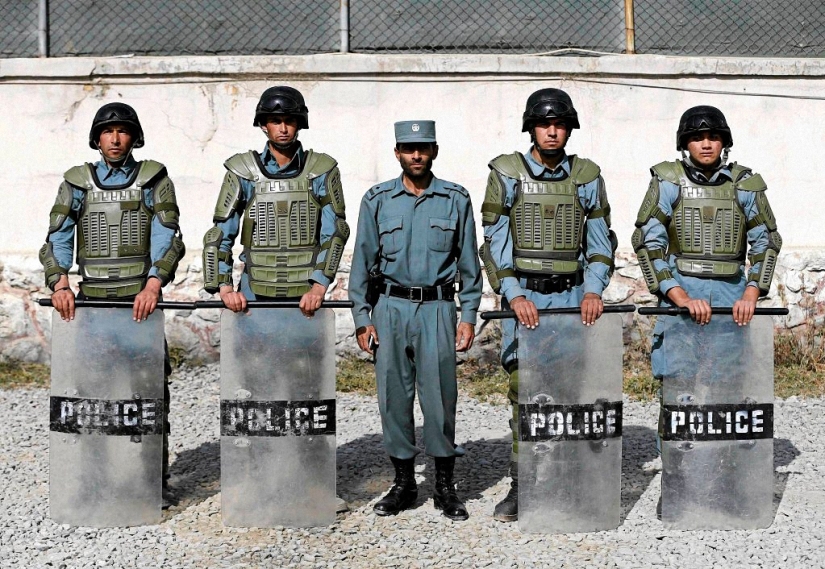
7. Police officers in Afghanistan.
In this country, the police can only use weapons or explosives against a group of people if they "use weapons and threaten security and other suppressive measures have proven ineffective." Afghan police officers must give six warnings before using weapons that they will be used: three verbal and three warning shots. (Photo: OMAR SOBHANI/REUTERS).

8. Police officers in India.
Members of the Rapid Intervention Force - Force India - in New Delhi (pictured) who are involved in quelling riots when the police are unable to deal with the situation. For their actions to be considered legal, a judge must be present at the scene. Before any escalation in the use of force, a warning must be given. In the course of riot control, the police must follow a certain sequence in the application of measures against the population: first water cannons, then tear gas, rubber bullets, and only then firearms. (Photo: ADNAN ABIDI/REUTERS).
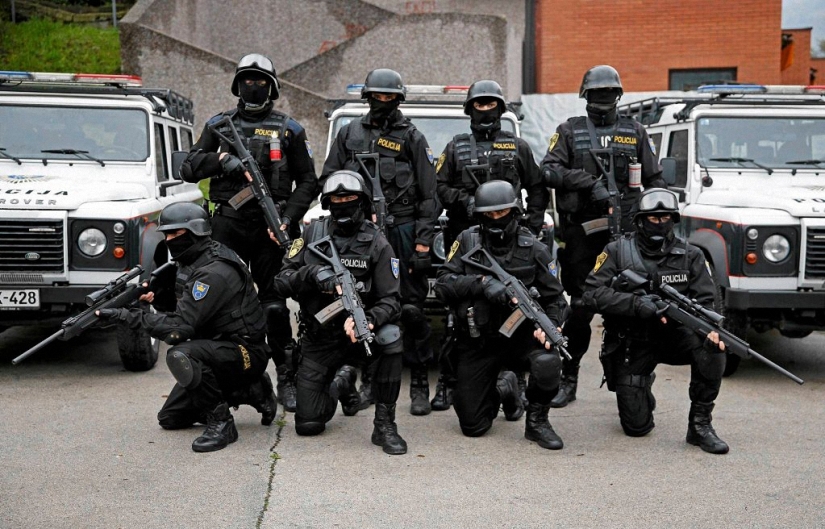
9. Police in Bosnia and Herzegovina.
The police may use firearms or other explosive devices against the public only when other measures have proven ineffective, the crowd has been warned of the possibility of their use, and there are no children, the elderly, and the disabled among the protesters (unless they are shooting at policemen). (Photo: DADO RUVIC/REUTERS).

10. Police officers in Poland.
Polish police officers may use firearms only in cases where there is a direct threat to the life or health of a police officer or another person, as well as when protecting especially important objects. The police also have the right to use weapons in a situation where the suspect does not respond to requests to hand over firearms or other dangerous objects or tries to take the weapon from the policeman. (Photo: Łukasz Cynalewski/ Agencja Gazeta).
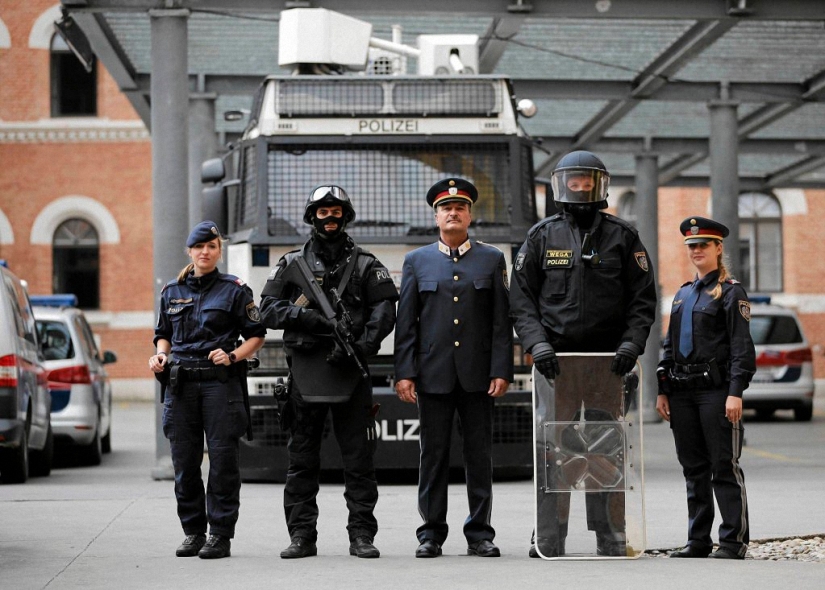
11. Police in Austria.
The Austrian police may use weapons to quell riots or apprehend a dangerous suspect, but only when other measures "may appear insufficient or have already proved ineffective". These measures must also be proportionate to the situation, and the use of weapons must be preceded by a warning. (Photo: LEONHARD FOEGER/REUTERS).
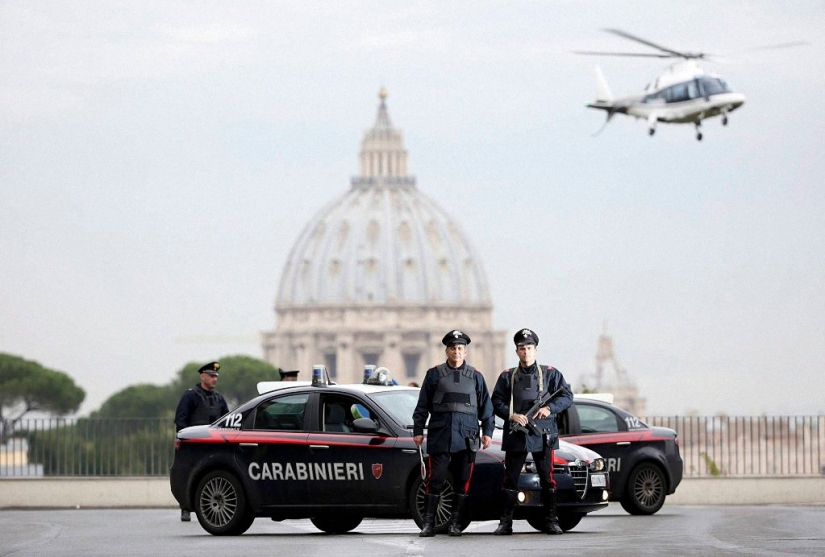
12. Police officers in Italy.
In Italy, the police and carabinieri may only use weapons when there is "necessary to overcome resistance, to stop the violence or to prevent a serious crime." The measures taken must be proportionate to the situation. (Photo: ALESSANDRO BIANCHI/REUTERS).
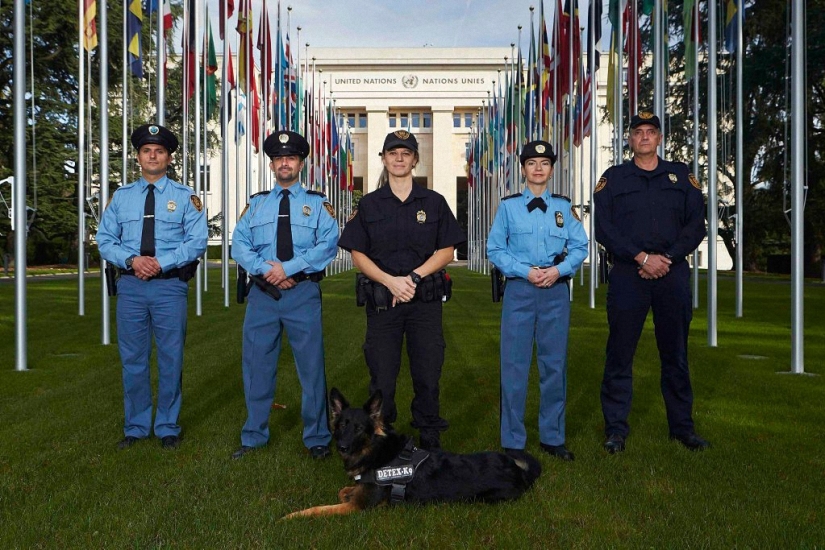
13. UN security forces.
UN staff must comply with the rules for police officers in the Swiss cantons. From their wording, it follows that "the use of weapons proportionate to the circumstances is allowed as a last resort." Police officers must, however, "so far as possible not cause serious injury", and "the use of firearms must be preceded by a warning shot if circumstances permit". (Photo: DENIS BALIBOUSE/REUTERS).
The headquarters of the United Nations in Geneva is extraterritorial and not subject to Swiss jurisdiction.

14. Police officers in England.
In the UK, "potentially lethal measures may only be used when absolutely necessary". According to the law, the right to use weapons is allowed for self-defense or protection of others if there is a threat to life or serious injury. (Photo: PAUL HACKETT/REUTERS).
Keywords: Weapons | Police | Different countries | World | Police officers | Cities | Police stations
Post News ArticleRecent articles

Blogger Steve spring (Steve Spring) shared three effective tips on how to not only lose weight that kills you, but also to lead a ...

Since 1970‑ies in the neighboring cities of Rostov-on-don, Shakhty and Taganrog was sent to jail 37 serial killers, who killed ...
Related articles

The name of Boris Skosyrev is not very familiar in our country, but in Europe this man was remembered very well. This energetic and ...

Serial killer David Berkowitz (David Berkowitz) for a year terrorized the people of New York. He shot six people to death and ...

Perhaps you may have heard about such a thing as nolling. If not, then we explain: this is a way of organizing space, in which ...

One head is good, two is better. Cute animal one is good, two is better! In this issue you will see not one, but two lovely ...